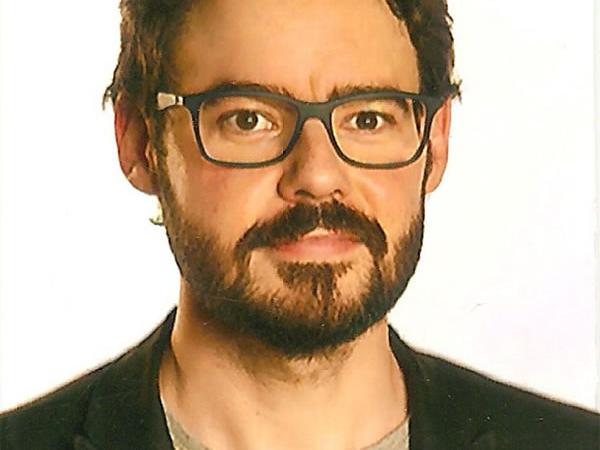
Date: 10 February 2019
Doors and windows have always been at the intersection of various technologies and architectural processes that evolved in parallel and often intertwined.
Last century’s breakthroughs in terms of glass and frame technologies transformed glass doors and windows into powerful and efficient devices to control light, solar heat, ventilation and vision as well as important spatial mediators of the relation between interior and exterior.
Glass progressively absorbed functions traditionally present in other devices — louvers, blinds, shutters, curtains — ultimately dissolving the window into transparent walls. Nowadays, the potential of programmable materials and artificial intelligence methods promise to enhance the use of many of our day-to-day objects and devices, making these more efficient and user-friendly, bridging and interconnecting them to form “master” devices with uses and applications never though before.
Smart windows therefore intersect previous technologies with electrically activated materials with dynamic properties augmenting their capacity. In this paper we speculate on what the window of the future might do and look like, charting the state of the art in terms of glass and frame, and analysing a possible outcome of the combination of different technologies: magnetodynamic levitation, photovoltaic transparent glass, vacuum insulated glass, electrochromic switchable glass, piezoelectric touch-sensitive surfaces or ultra-thin glass.
About the Speaker:
Carlos Machado e Moura (Porto, 1982) is an architect (FAUP, 2006), postgraduate in Architectural Heritage (2013), PhD candidate in “Architecture: Theory, Project and History”, and integrated researcher at the Centre for Studies in Architecture and Urbanism/Porto School of Architecture (CEAU-FAUP). Since 2015 he develops research on the technical and architectural history of minimalist windows with Jofebar, being editor and co-author of the book Building Views (Circo de Ideias, 2017).
 600450
600450








Add new comment